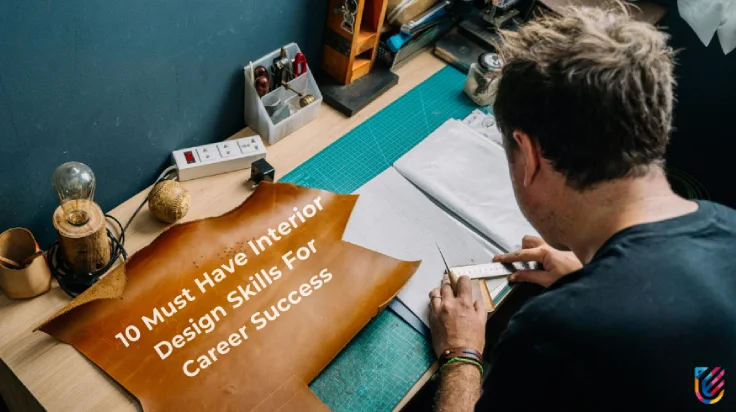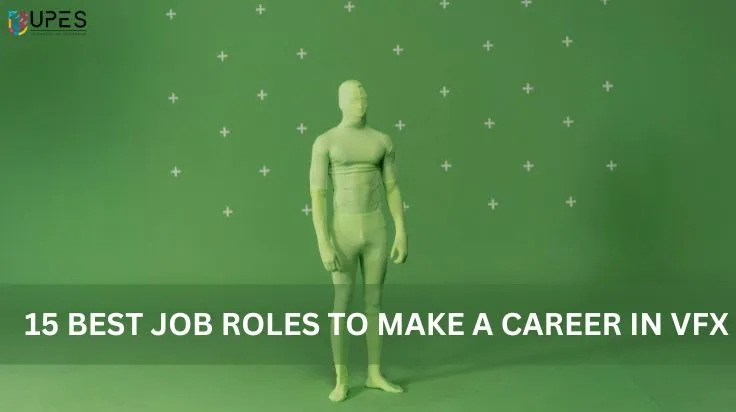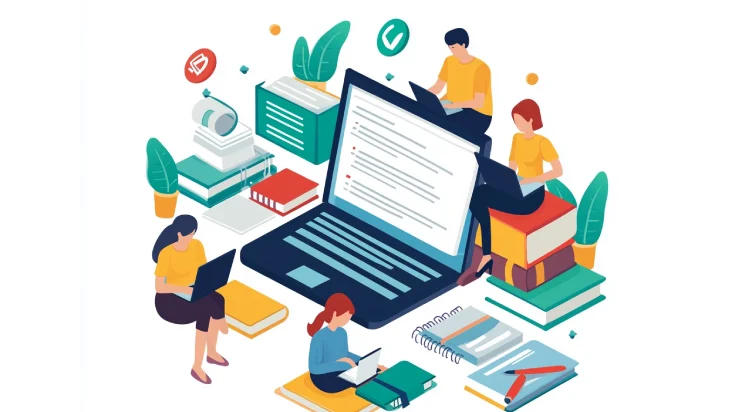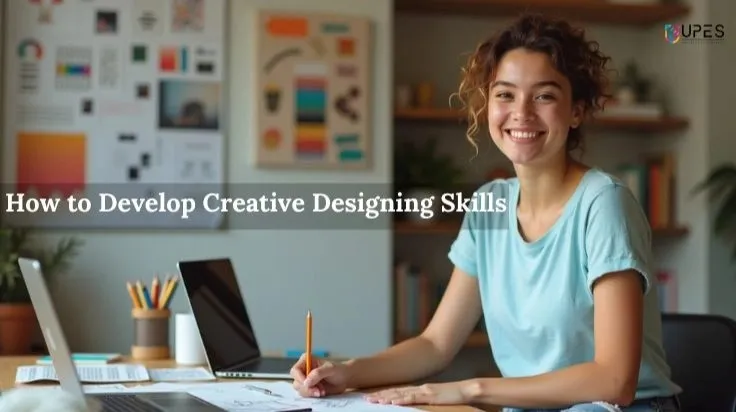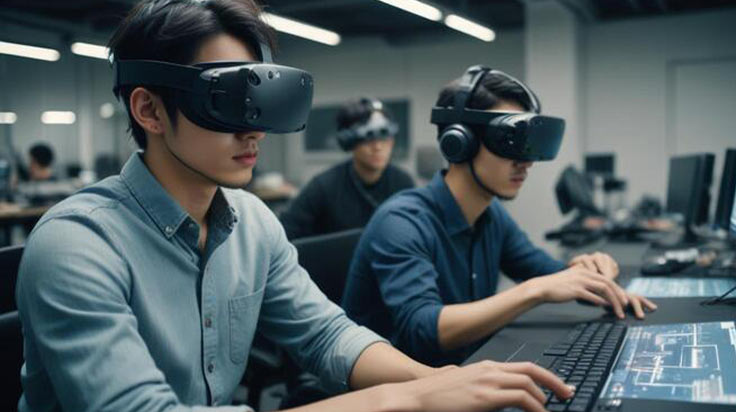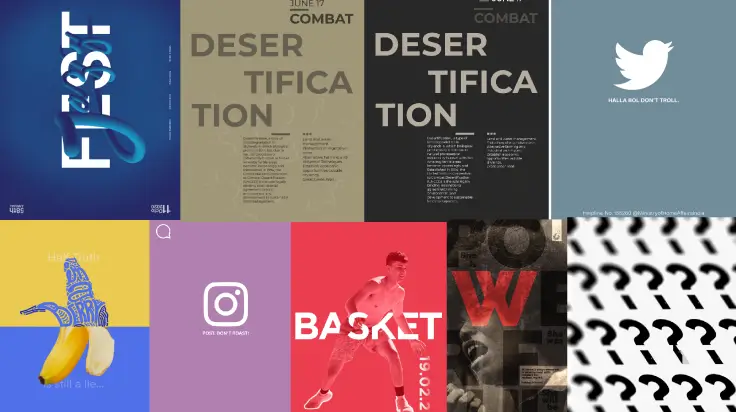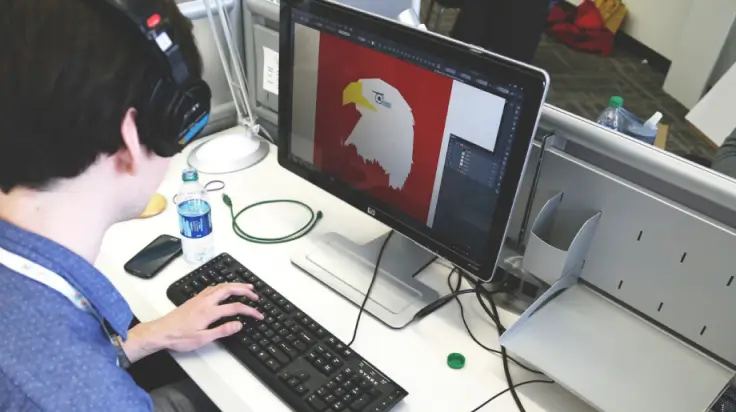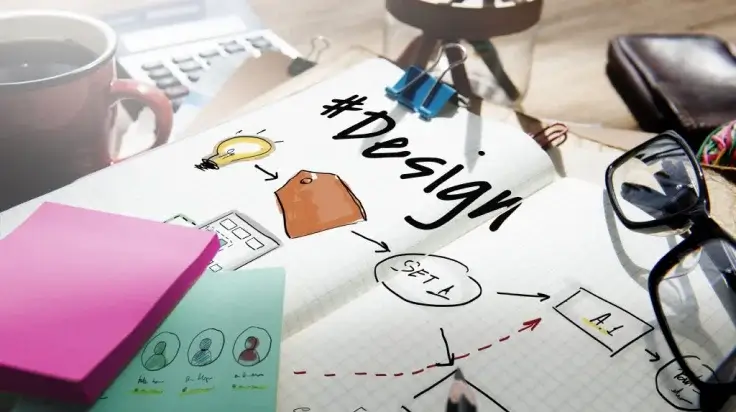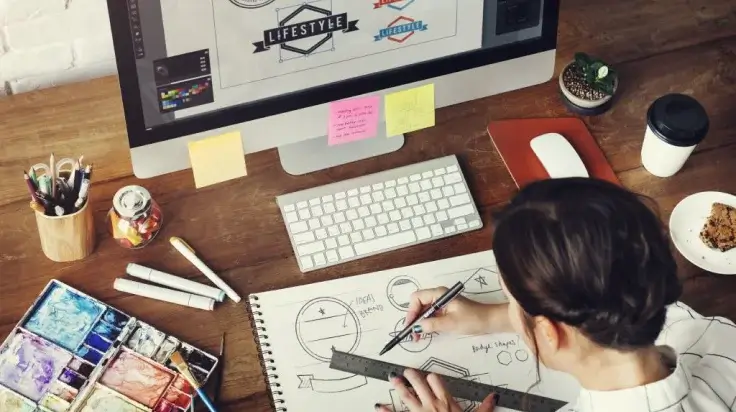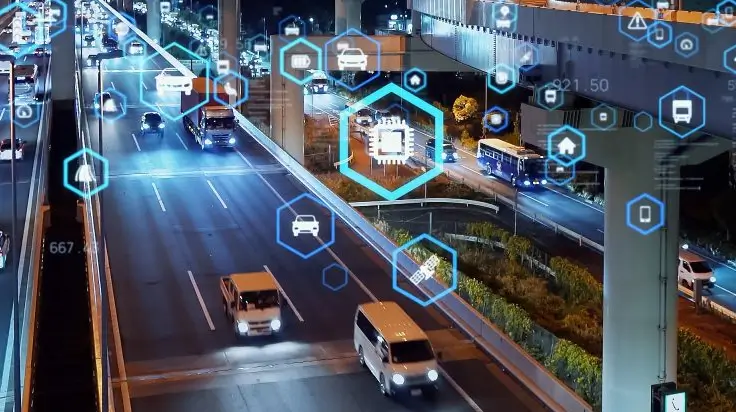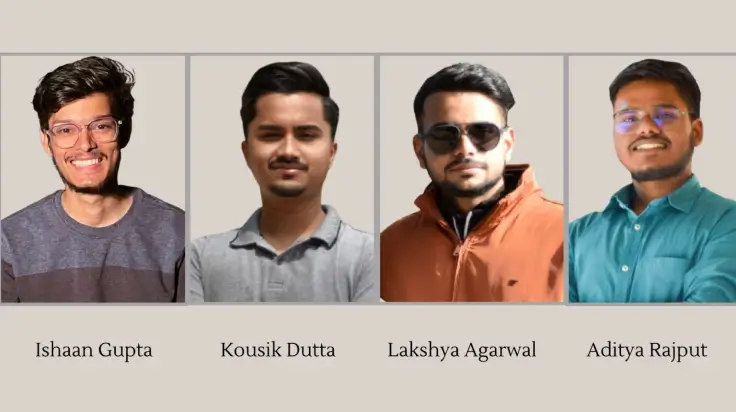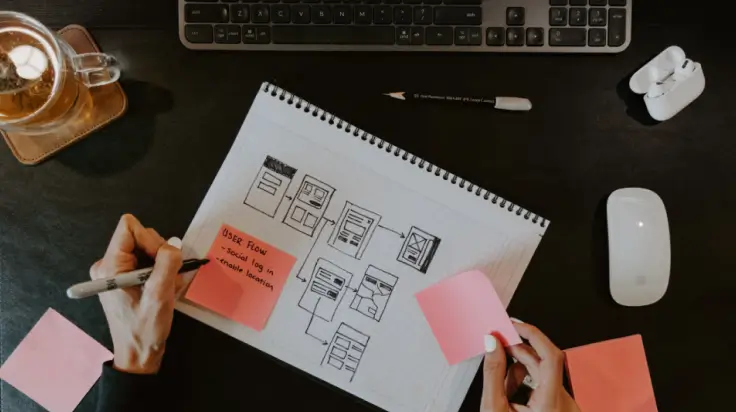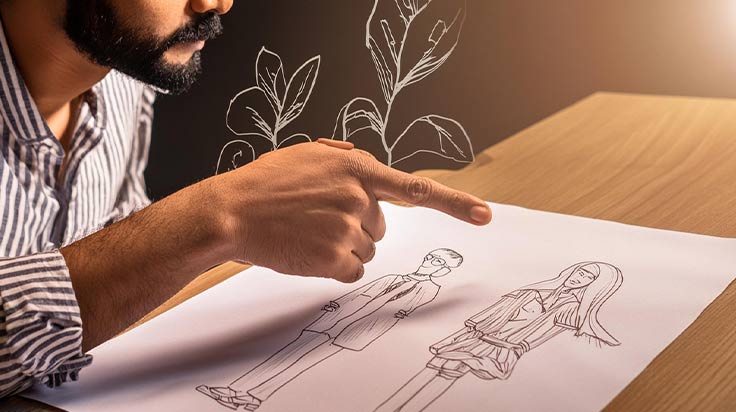The Journey of a Product Designer: From Inspiration to Creation
- Manas Ranjan Mishra
- Published 18/08/2023

Bachelor’s mini washing machine prototype is a compact and innovative laundry solution designed to cater to the needs of individuals living in small spaces, such as bachelors or singletons, students and residents of studio apartments. This portable and lightweight product promotes water conservation by using significantly less water and electricity compared to conventional machines. It uses less water, and detergent and uses combined gentle agitation and water flow to clean clothes effectively. It can also be used at high altitudes where heavy snow or water scarcity is an issue. Future iterations of the product could incorporate features like water recycling systems, snow melting capabilities, or compatibility with alternative water sources to address the unique challenges faced in high-altitude environments. UPES has applied for a patent on this product.
Today, the journey of a Product Designer is not just about inspiration or creation alone, rather it’s about transforming into the champions of change who will drive our tomorrow. That’s why the above example displays how technology has further elevated the ‘Design Thinking’ concept. It is anticipating the future and the need for a user with an ‘intelligent’ product design that is comprehensive and open to more modification when needed.
What does it mean to be a Product Designer?
A multi-talented innovator who wears multiple hats. He essays the role of an entrepreneur by studying market trends, bringing visions to life, undertaking competitive research, mastering visual design, understanding what people want, and evaluating data with experience.
During the pandemic and thereafter, technology acceleration has reimagined many possibilities, employment opportunities, pedagogies and even disrupted assessments, employment, and industry trends. In the next few years, these changes will continue to manifest and realign human needs as per the changing dynamics of the world around us. Let’s explore some possibilities that Product Designers can expect.
A Peek into the Future
AI and robotics will reboot the world and make our daily life much more efficient, seamless and address many needs, over the next two decades. But can technology really replace human creativity and talent? Not really. A good product design can certainly address many user needs and assist in classroom teaching and even beyond, but it cannot replace an educator or faculty. Therefore, it’s important to remember that while designers may be designing intelligent products, systems, deliverables, services and much more, it’s equally important to pause and dwell on the unanticipated impacts.
In the current scenario, there’s an understandable pressure to be more creative and efficient, create a product that is a success and have a faster product cycle using the latest design tools. Technological support in product design has helped but it has also raised some very important and critical questions that need to be addressed.
What’s Next for Product Designers as Changemakers
- Responsible Product Design: Responsible design generates customer and market trust and improves profits. Against the backdrop of the developments mentioned above, future designers must consider all aspects from an impact perspective — both positive and negative — while designing a product. People do make mistakes. That’s why the ‘fail safe’ feature, which addresses scenarios like malfunctioning in certain situations, damage possibilities and other negative scenarios, is fed into products. These not only keep the users safe but also addresses unintentional flaws that may arise. But what if something serious arises? It’s a collective responsibility of the designer, manufacturer, industry, government, and other stakeholders and they ‘learn to learn’ to keep abreast of the changes around them.
- Emotions as responsible action: Many times, consumers are unable to fully articulate their needs and skilled product designers must anticipate and understand their emotions and needs to deliver products that align with the best possible positive outcome. Therefore, intent, actions, and values matter. For example, Apple’s recent feature, that replicates the voice of a loved one, is a great emotional support. But it can also be misused by anti-social elements for their own ends. Therefore, when such transformative features or products are designed, there should be parallel alternatives for redressal and enforcement, and product designers should take responsibility for both success and failure to plug in any loopholes.
- Reimaging laws in VUCA world and legal reboot: While designers can anticipate the future fallouts and possible scenarios of their products, it’s important to draft fluid laws and regulations with a futuristic lens. But governments should also be prepared to have a regulatory framework that takes decisions based on the changing dynamics and market headwinds.
- Who is to blame: Typically rules and regulations are made to redress anything that goes haywire or in the negative domain. What would anyone do if a creation goes haywire on its own? Take the case of Bing’s chatbot which created a future after it threatened to disrupt the life of a journalist interviewing it, causing mayhem, and sparking a restricted interaction feature. This requires collective brainstorming by all the stakeholders.
The design allows a better understanding of what people want, improves efficiency, and productivity and boosts cost-reduction in businesses. Product Design can have solutions to many real-world problems like accessible and equitable access to resources, healthcare, environmental and sustainability challenges, political and socio-economic issues, education and much more. With so many changes around us, product designers hold the key to not just our collective future but that of the planet itself. That’s why, in my opinion, this inspirational and creative journey of a student from a product designer to a future changemaker is the need of the hour.
Manas Ranjan Mishra
The writer is Manas Ranjan Mishra, Professor, Industrial and Product Design, UPES School of Design
UPES Admission Enquiry
Subscribe to UPES Blogs
Join our community for exclusive stories, insights, and updates
By clicking the "Subscribe" button, I agree and accept the privacy policy of UPES.









